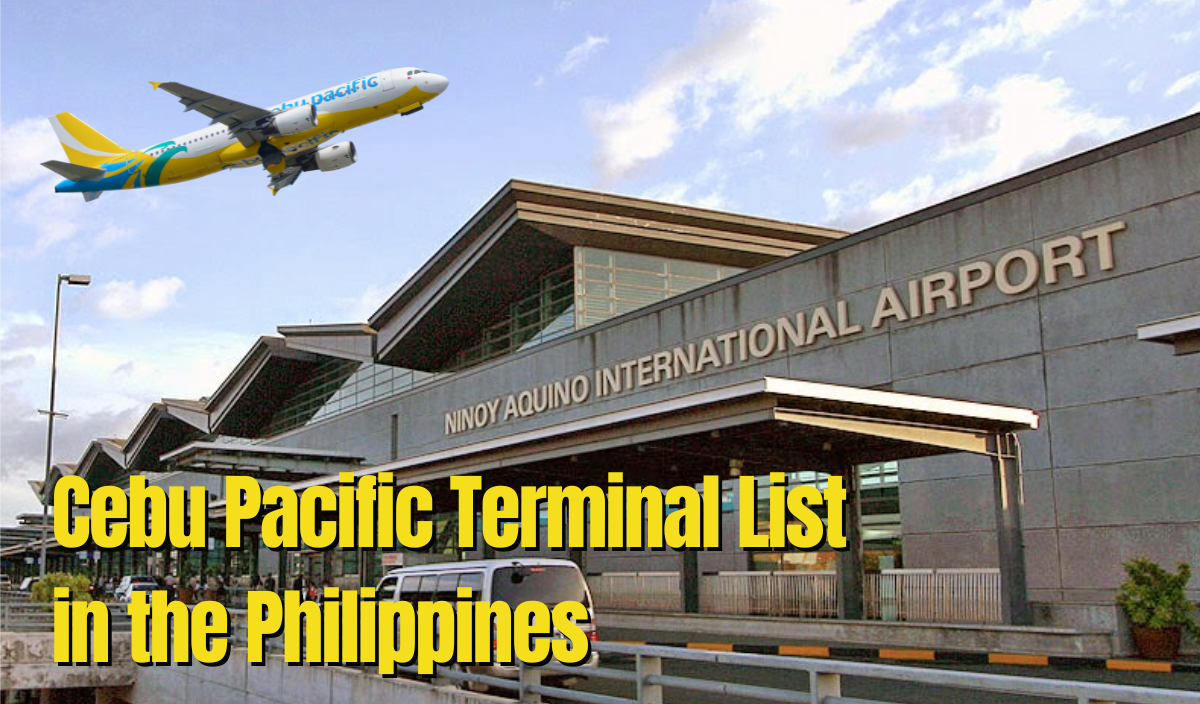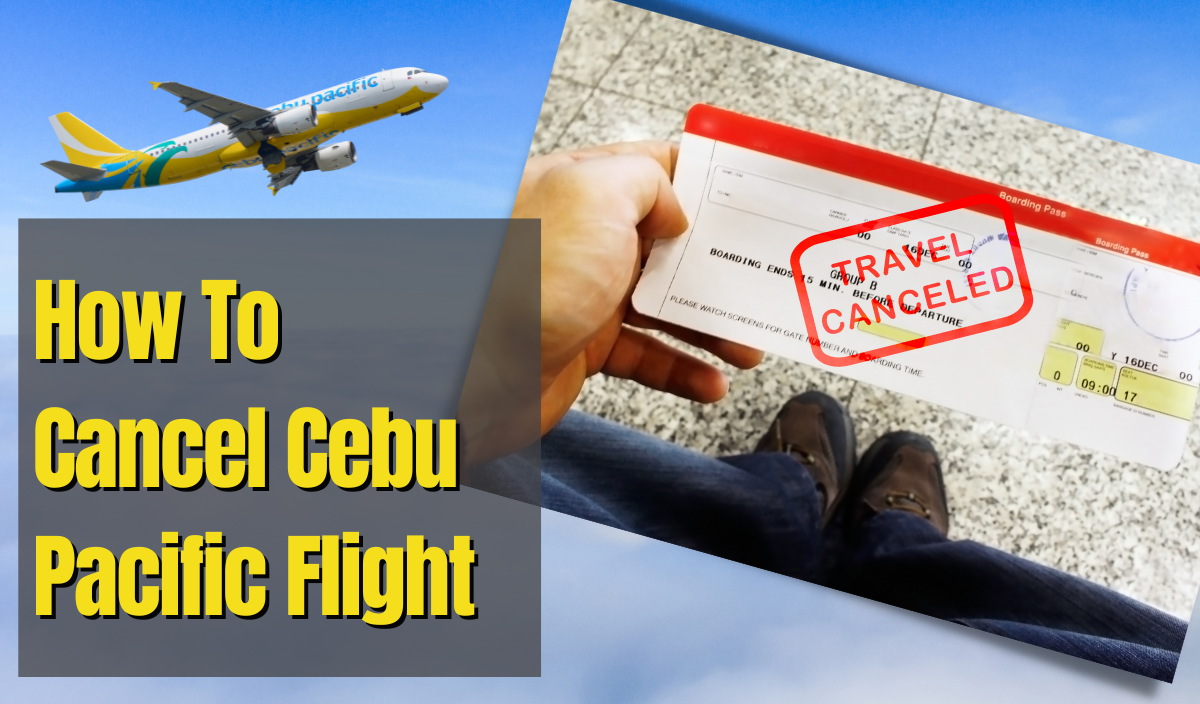Cebu Pacific North Asia passenger traffic up 12% ; offers as low as P2,799 for international and P688 for domestic flights
Despite the global economic conditions, Cebu Pacific (CEB), Asia’s 3rd largest low-cost airline, increased passenger traffic by 12% for its North Asia routes over the past 12 months ending May 31, 2009.
Cebu Pacific’s RP-North Asia passenger carriage rose by 100,364. It increased to 944,063 for the period of June 2008 to May 2009 from 843,699 for the period of June 2007 to May 2008.
“Our low fares and increased capacities to serve Hong Kong, Macau, Osaka, Shanghai, Seoul (Incheon), and Busan routes, have been instrumental to sustain the growth for these markets,” Candice Iyog, CEB vice president for marketing and distribution said.
Cebu Pacific, the only ASEAN low-cost carrier serving North Asia’s major destinations such as China, Japan, and Korea, is also looking into the possibility of increasing frequencies to China and Japan as it expects delivery of more aircraft in the next three years.
To further stimulate travel to North Asia, Cebu Pacific is offering a P2,799 one-way ‘Go Lite’ fare for its flights from Manila and Cebu to Seoul (Incheon), Cebu to Busan, and Manila to Shanghai.
Moreover, a one-way ‘Go Fare’ from Manila to Osaka (Japan) is sold at P2,999.
The seat sale starts on June 27 to July 2, 2009 and is valid for travel from August 1 to September 30, 2009. International passengers just need to pay for travel taxes.
‘Go Lite’ fares for Manila to Bacolod, Kalibo, Roxas, Cebu, Dumagete, Boracay (Caticlan), Legaspi, San Jose (Mindoro), Tacloban, and Tagbilaran are sold at P688 all-in.
For domestic flights, Cebu Pacific offers a P1,488 all-in ‘Go Lite’ fare for flights from Manila to Butuan, Cotabato, Cagayan de Oro, Davao, and General Santos.
The domestic seat sale starts on June 27 to July 2, 2009 and is valid for travel from July 15 to August 31, 2009. Passengers with check-in bags just need to add P200 to the fare.
Cebu Pacific flies to 15 cities in Asia and 32 domestic destinations using 21 Airbus and eight ATR aircraft, with an average fleet age of less than 1.9 years.



